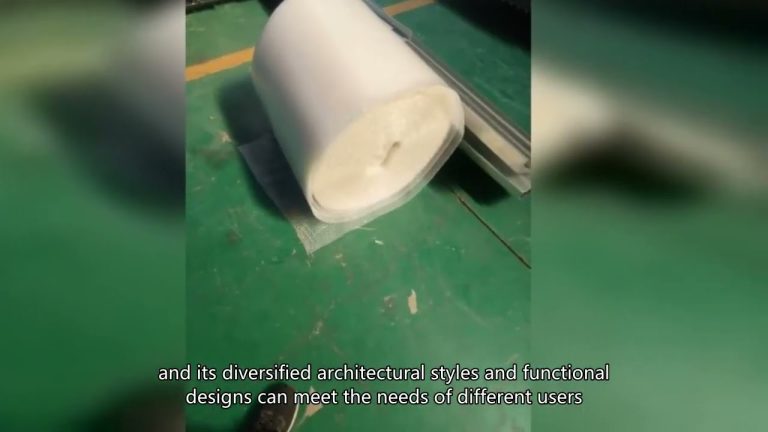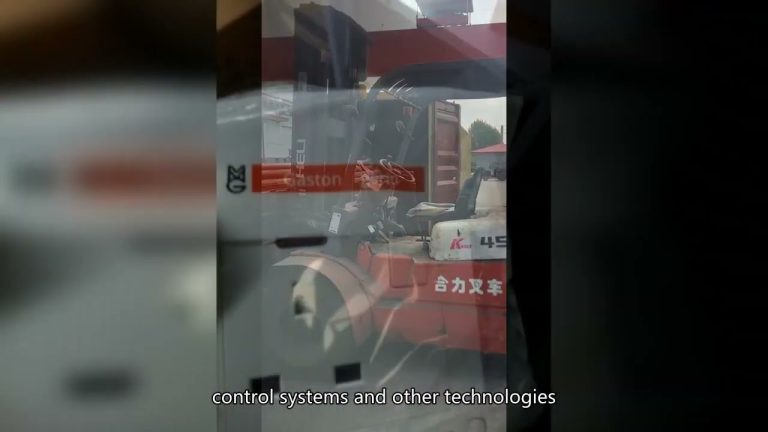The practice of steel structure to enhance building versatility in construction industry
Table of Contents
Benefits of Using Steel Structure in Modern Construction Projects
Steel structures have become increasingly popular in the construction industry due to their versatility and durability. The use of steel in building construction offers numerous benefits that make it a preferred choice for architects and engineers. From high-rise buildings to industrial warehouses, steel structures have proven to be a reliable and cost-effective solution for a wide range of construction projects.
One of the key advantages of using steel in construction is its strength and durability. Steel is known for its high tensile strength, which allows for the creation of large, open spaces without the need for supporting columns or walls. This makes steel structures ideal for buildings that require large, uninterrupted floor spaces, such as warehouses, factories, and sports arenas. Additionally, steel structures are resistant to fire, termites, and other pests, making them a long-lasting and low-maintenance option for building construction.
Another benefit of using steel in construction is its versatility. Steel can be easily shaped and molded into various forms, allowing architects and engineers to create unique and innovative designs. Whether it’s a sleek, modern skyscraper or a traditional, rustic barn, steel structures can be customized to fit any architectural style. Additionally, steel structures can be easily modified or expanded, making them a flexible option for future renovations or additions to a building.
In addition to its strength and versatility, steel structures are also environmentally friendly. Steel is a highly recyclable material, with a recycling rate of over 90% in the construction industry. This means that steel structures can be dismantled and reused in other projects, reducing the amount of waste that ends up in landfills. Additionally, steel structures are energy-efficient, as they can be easily insulated to reduce heating and cooling costs. This makes steel a sustainable and eco-friendly option for building construction.
Furthermore, steel structures offer cost savings compared to traditional building materials. While the initial cost of steel may be higher than other materials, such as wood or concrete, the long-term benefits of using steel far outweigh the upfront investment. Steel structures require less maintenance and repairs over time, saving money on upkeep and replacement costs. Additionally, steel construction is faster and more efficient than traditional building methods, reducing labor costs and speeding up project timelines.
Overall, the practice of using steel structures in construction offers numerous benefits that make it a preferred choice for modern building projects. From its strength and durability to its versatility and sustainability, steel is a reliable and cost-effective option for architects, engineers, and developers. By incorporating steel into their designs, construction professionals can create innovative and efficient buildings that meet the needs of today’s ever-changing construction industry.
Innovative Design Techniques for Steel Structures in Building Construction
Steel structures have long been a popular choice in the construction industry due to their durability, strength, and versatility. With advancements in technology and design techniques, steel structures have become even more versatile, allowing for innovative and creative building designs. The practice of using steel structures in building construction has opened up a world of possibilities for architects and engineers, enabling them to create unique and complex structures that were once thought impossible.
One of the key benefits of using steel structures in building construction is their ability to span large distances without the need for support columns or walls. This allows for open and flexible floor plans, giving architects the freedom to design spaces that are both functional and aesthetically pleasing. Steel structures also have a high strength-to-weight ratio, meaning that they can support heavy loads while remaining relatively lightweight. This makes steel structures ideal for buildings that require large open spaces, such as warehouses, factories, and sports arenas.

In addition to their strength and versatility, steel structures are also highly resistant to fire, corrosion, and pests. This makes them a durable and long-lasting option for building construction, ensuring that the structure will remain standing for years to come. Steel structures are also easy to maintain and repair, reducing the overall cost of ownership over the life of the building.
One of the most innovative design techniques for steel structures is the use of prefabricated components. Prefabrication involves manufacturing building components off-site and then assembling them on-site, reducing construction time and costs. Prefabricated steel components can be customized to fit the specific needs of a project, allowing for greater design flexibility and efficiency. This method of construction also reduces waste and minimizes the environmental impact of the building process.
Another innovative design technique for steel structures is the use of computer-aided design (CAD) software. CAD software allows architects and engineers to create detailed 3D models of a building before construction begins, enabling them to visualize the structure and identify any potential issues. This technology also allows for greater precision and accuracy in the design process, resulting in buildings that are structurally sound and aesthetically pleasing.
The practice of using steel structures in building construction has revolutionized the way buildings are designed and constructed. Steel structures offer a wide range of benefits, including strength, durability, and versatility, making them an ideal choice for a variety of building types. With innovative design techniques such as prefabrication and CAD software, architects and engineers can create unique and complex structures that push the boundaries of traditional building design.
In conclusion, the practice of using steel structures in building construction has transformed the construction industry, allowing for greater design flexibility, efficiency, and sustainability. Steel structures offer a wide range of benefits, including strength, durability, and versatility, making them an ideal choice for a variety of building types. With advancements in technology and design techniques, steel structures continue to push the boundaries of traditional building design, enabling architects and engineers to create innovative and creative structures that stand the test of time.








